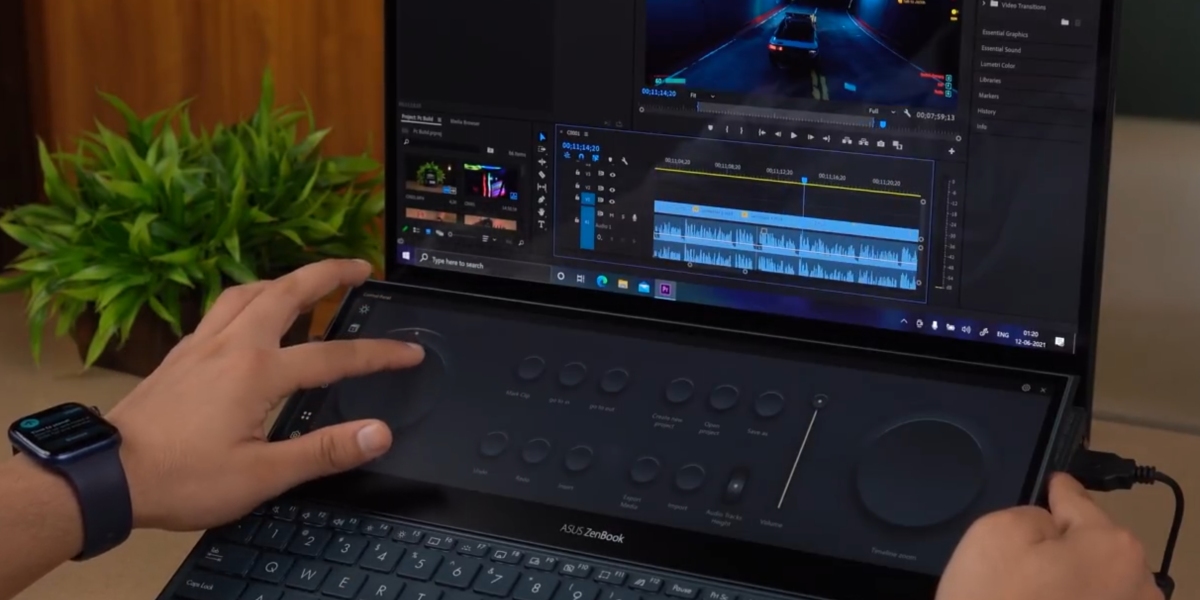The Subclass 482 Visa, commonly known as the Temporary Skill Shortage (TSS) visa, is a significant immigration pathway for skilled workers looking to work in Australia temporarily. In this article, we will explore the key aspects of the Subclass 482 Visa, its eligibility requirements, and the application process, ensuring clarity and precision with our writing style.
Understanding the Subclass 482 Visa:
The Subclass 482 Visa allows employers in Australia to sponsor overseas workers to fill positions that cannot be filled by the local workforce. This visa is granted for up to four years and can be used for both short-term and medium-term employment needs. It replaced the 457 visa in March 2018 and has since become a vital component of Australia's skilled migration program.
Eligibility Criteria:
To be eligible for the Subclass 482 Visa, applicants must meet certain requirements. Firstly, they must have an eligible occupation listed on the Medium and Long-term Strategic Skills List (MLTSSL) or the Short-term Skilled Occupation List (STSOL). Furthermore, they must have the necessary skills and qualifications relevant to their nominated occupation.
Sponsorship and Nomination:
To apply for the Subclass 482 Visa, an employer in Australia must sponsor the applicant and nominate them for a specific skilled position. The employer must demonstrate a genuine need for the overseas worker and comply with all sponsorship obligations. Additionally, the position being offered must meet the minimum market salary rate requirements.
Application Process:
The application process for the Subclass 482 Visa involves several steps. Firstly, the employer must become an approved sponsor. After that, they can nominate the skilled worker for the appropriate occupation. Once the nomination is approved, the skilled worker can proceed with their visa application, providing evidence of their skills, qualifications, and English language proficiency.
Benefits of the Subclass 482 Visa:
The Subclass 482 Visa offers various benefits to both skilled workers and Australian employers. For skilled workers, it provides an opportunity to gain valuable work experience in Australia and potentially transition to permanent residency through other pathways. Employers can fill critical skill shortages in their businesses, enhancing productivity and growth.
Transitioning to Permanent Residency:
One of the significant advantages of the Subclass 482 Visa is its potential to lead to permanent residency. Skilled workers on this visa may be eligible to apply for the Employer Nomination Scheme (ENS) or the Regional Sponsored Migration Scheme (RSMS) under certain conditions.
Conclusion:
The Subclass 482 Visa presents a valuable opportunity for skilled workers to contribute their expertise to the Australian workforce temporarily. By understanding the eligibility criteria, the application process, and the benefits associated with this visa, both applicants and employers can navigate the process smoothly. As Australia continues to attract global talent, the Subclass 482 Visa remains a critical component of the country's skilled migration program.









